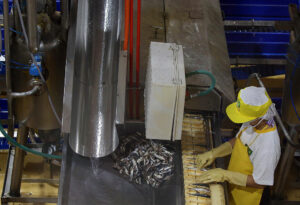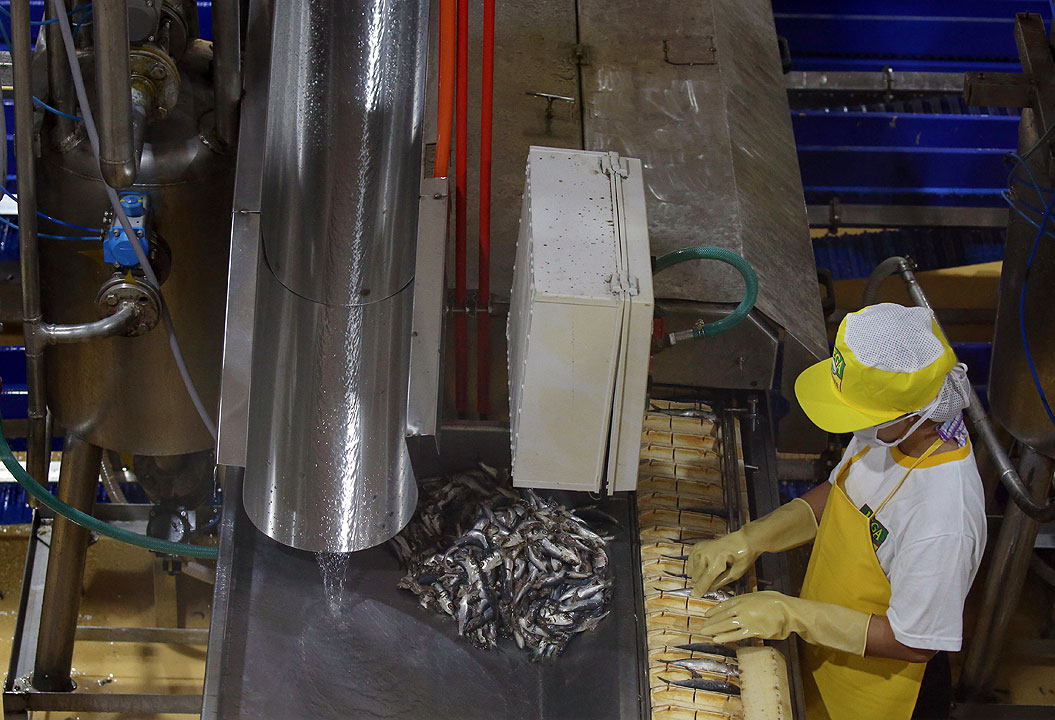
PHL manufacturing output expands in August

By Isa Jane D. Acabal
FACTORY OUTPUT expanded in August, driven by higher production of food products, machinery and equipment, and a slower annual decline in basic metals, the Philippine Statistics Authority (PSA) reported.
Preliminary results of the PSA’s latest Monthly Integrated Survey of Selected Industries showed factory output, as measured by the volume of production index (VoPI), rose by 1.4% year on year in August. This was slightly faster than the 1.3% growth in the same month last year, and a turnaround from the 1.8% drop in July.
The August reading was the fastest growth since the 1.6% expansion in June.
In the eight months to August, factory output growth averaged 0.5%, slower than the 2.5% average in the same period last year.
On a monthly basis, August’s output picked up by 0.1%, slower than 2.6% in July. Stripping out seasonality factors, it fell by 3.2%.
According to the PSA, the faster year-on-year growth rate of VoPI for manufacturing in August was primarily driven by food products, which jumped by 20.2% from 11.4% in July.
There was also an uptick in machinery and equipment except electrical (6.7% in August from 3.1% in July), and a slower annual decline in basic metals (-9.6% from -26.8%).
Nine other divisions recorded expansions, while 10 saw declines.
The PSA also said that the top three industry divisions that contributed to the overall year-on-year growth in the VoPI were food products, transport equipment (6.5% in August from 9.5% in July), and electrical equipment (19.5% from 21.2%).
Average capacity utilization, or the extent to which industry resources are used in producing goods, averaged 77.3% in August. This was a tad higher than the revised 77.2% in July and the 75.6% posted last year.
In comparison, the Philippines in the S&P Global Manufacturing Purchasing Managers’ Index (PMI) expanded to 50.8 in August from 50.9 in July.
PMI is a leading indicator for factory activity, reflecting the volume of materials purchased in advance of manufacturing operations weeks or months down the line. A reading above 50 separates expansion from contraction.
Ruben Carlo O. Asuncion, chief economist at Union Bank of the Philippines, said the expansion in food production can be attributed to producers’ anticipation of strong holiday demand.
“Inflation was still relatively low overall, so consumer purchasing power remained intact, supporting demand for processed food,” he said in a Viber message.
Mr. Asuncion also said the immediate impact of the US tariffs on the Philippines was limited as food and machinery production is mostly domestic-focused or exempted from tariffs.
“However, exports slowed significantly, and US-bound shipments fell, signaling that the tariff’s full effect will likely hit in the fourth quarter 2025. Sectors like garments and footwear faced pressure, but they contribute less to overall manufacturing output compared with food and machinery,” he said.
US President Donald J. Trump imposed a 19% tariff on Philippine goods, which took effect on Aug. 7.
Sergio R. Ortiz-Luis, Jr., president of the Philippine Exporters Confederation, Inc., said in a phone interview that manufacturers may have ramped up production ahead of the implementation of US tariffs.
“For food products, there was frontloading for the US tariff… Double time in manufacturing food products,” he said.
Meanwhile, Mr. Asuncion said manufacturing output is expected to “grow moderately” in the remaining months of the year, driven by food demand ahead of the holidays, infrastructure-linked machinery production, and further monetary easing by the central bank.
“However, risks remain from US tariffs, global trade slowdown, weather-related disruptions, and local political risks. If BSP delivers another rate cut and fiscal spending accelerates, output could rebound toward yearend despite external and internal headwinds,” he said.



